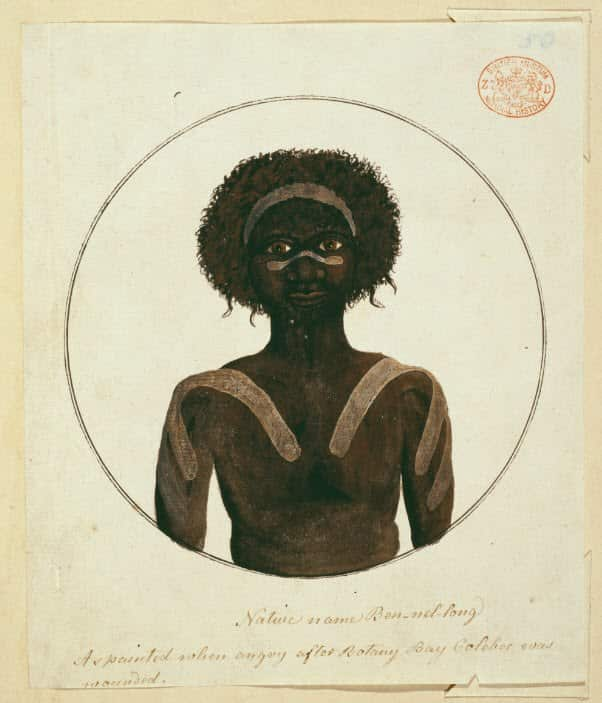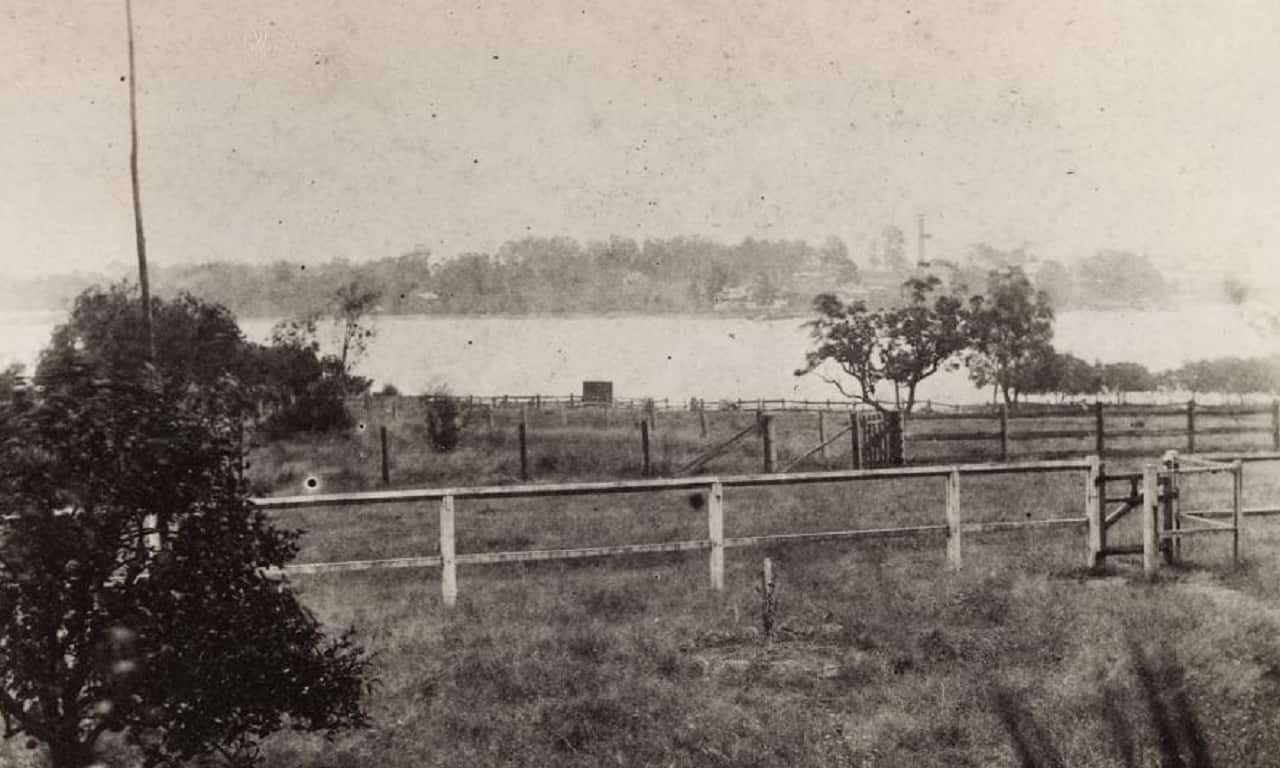The final resting place of Woollarawarre Bennelong has been bought by the NSW government and will be turned into a public memorial site.
The residential home at 25 Watson St in Putney, in Sydney's northwest, was the burial site of the Eora nation elder who acted as an intermediary between British settlers and Sydney's Indigenous community.
On Sunday, Minister for Planning and Housing Anthony Roberts announced the property was purchased from a developer for $2.9 million to ensure the protection and preservation of the site. The property, which sits on the banks of the Parramatta River, was once part of the estate of James Squire, an ex-convict, Australia's first brewer and a friend of Bennelong.
The property, which sits on the banks of the Parramatta River, was once part of the estate of James Squire, an ex-convict, Australia's first brewer and a friend of Bennelong.

A drawing of Bennelong. Source: Mary Evans / Natural History Museum
Bennelong is believed to have been buried in an unmarked grave by Squire under an orchard tree, in a location out the front of house near the street's nature strip.
"Two hundred years it's taken to for a government and the community to say, we need to recognise where Bennelong the great leader and indeed ambassador was laid to rest," Mr Roberts told reporters.
As the country moves along the path to reconciliation, the decision to purchase the property was a way to pay tribute to the contribution of Bennelong and the Indigenous people of Australia in the past and into the future, Mr Roberts said.
Desmond Lee Madden, a member of the Bennelong Putney committee that worked on the project with the state government, said the purchase was very significant. A new committee will be established to determine the next step for the site, but once finished the memorial will be open to the public.
A new committee will be established to determine the next step for the site, but once finished the memorial will be open to the public.

The view of what is believed to be Bennelong's grave around 1900. Source: State Library of NSW
"It's going to be culturally appropriate, it's going to be somewhere that everyone can celebrate the life of Bennelong and also learn more about the story," Mr Madden said.
Bennelong is believed to have been born around 1764. He led his community to survive a clash of cultures by becoming an intermediary with the British.
But his actions came at a great personal cost. He was captured by order of Governor Arthur Phillip in 1789 and was later taken to England, becoming the first Indigenous man to visit Europe and return.
He died at Kissing Point on 3 January 1813.
- with AAP
Share


